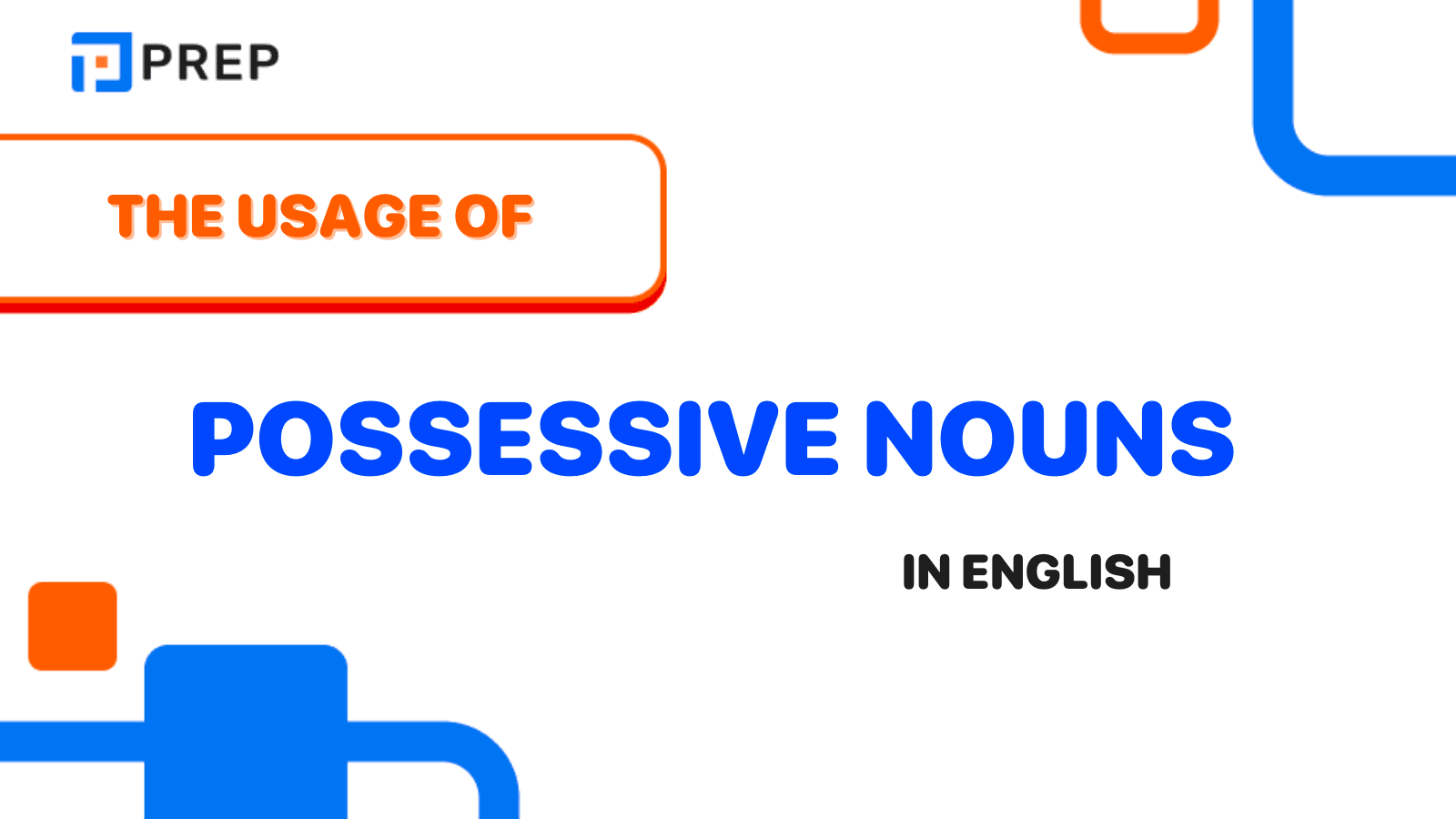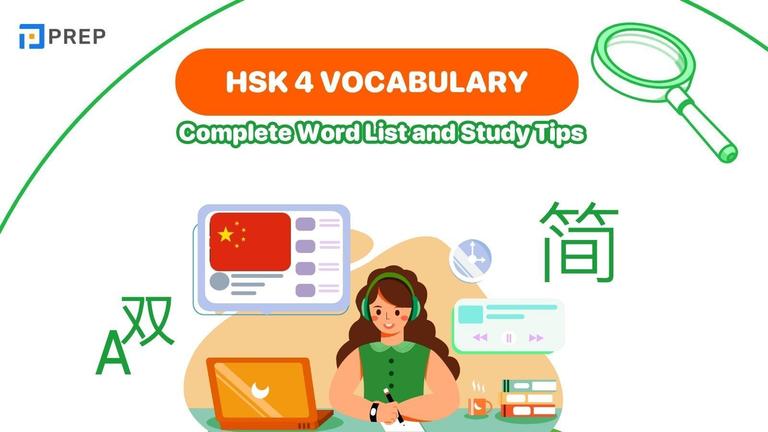Mastering Possessive Nouns in English: From Basics to Advanced Use
This comprehensive article on "Mastering Possessive Nouns in English" examines possessive noun formation and usage, defining possessives as expressions of relationships beyond mere ownership. It presents three fundamental rules: adding 's to singular nouns, ' to plural nouns ending in -s, and 's to irregular plurals. The article addresses nuanced cases including singular nouns ending in -s, compound nouns, and joint versus separate possession, while identifying common pitfalls such as confusing plurals with possessives and the "its/it's" distinction. Throughout, it emphasizes possessive nouns' importance for clarity and natural flow in English communication.
- I. What Are Possessive Nouns in English?
- II. Formulas and Uses of Possessive Nouns
- III. The Golden Rules: How to Form Possessive Nouns in English Correctly
- IV. Navigating Nuances: Tackling Tricky Possessive Cases
- V. Avoiding Common Pitfalls: Frequent Mistakes with Possessive Nouns
- VI. Enhancing Your Understanding: Supplemental Insights & FAQs
- VII. Wrap Up!

I. What Are Possessive Nouns in English?
Possessive nouns are essential grammatical elements that express relationships between entities. Beyond mere ownership, they convey connections including origin, attribution, and characteristics. The apostrophe serves as the critical marker signaling this function.
These forms enhance communication efficiency—compare the concise "John's car" to the wordier "the car of John." Possessives create natural flow in English while precisely establishing relationships such as:
- Ownership: John's car
- Authorship: Shakespeare's plays
- Part-whole relationships: The cat's fur
The proper use of apostrophes in forming possessives follows specific patterns that distinguish them from contractions, creating clear connections between nouns in both written and spoken English.
II. Formulas and Uses of Possessive Nouns
The formation of possessive nouns in English follows several systematic patterns that merit careful examination. This section presents a comprehensive analysis of these grammatical structures and their appropriate applications.
1. Using 's
-
We add 's to singular nouns or proper nouns not ending in -s to show possession. For example:
- They are having a party at John's house.
- Alex drove his friend's car.
-
We add just an apostrophe (') to plural nouns that end in -s. For example:
- This is my grandparents' house.
- Those are ladies' shoes.
-
We use 's with irregular plural nouns. For example:
- These are women's shoes.
- Children's clothes are very affordable.
2. Using the Preposition "of"
Possessive nouns can also be expressed using the preposition "of" in English, though this construction is less common in certain contexts. For example:
-
When the possessor is not a person. For example:
- The cover of the book is very attractive.
- The museum is at the end of the road.
-
When you want to emphasize the specific possession. For example:
- The reputation of the company is excellent.
- I agree with the decision of the board.
This section provides clear, straightforward explanations of possessive noun formation rules with practical examples that English learners can apply immediately. The parallel structures between the Vietnamese and English versions maintain consistency while addressing the specific needs of English language learners.
Would you like me to expand this section further with additional examples or special cases of possessive nouns?
III. The Golden Rules: How to Form Possessive Nouns in English Correctly
Mastering possessive nouns in English requires understanding three fundamental rules that govern apostrophe placement. These rules provide a framework that applies to the vast majority of possessive constructions you'll encounter or need to create. Learning these patterns will significantly improve your grammatical accuracy.
Rule 1: Singular Nouns – The Standard ('s)
For singular nouns, regardless of whether they end in "s" or not, the standard rule is to add an apostrophe followed by the letter "s" ('s) to form the possessive. This pattern applies to most singular nouns you'll encounter in English.
Examples
-
The cat's toy (belonging to one cat)
-
The student's essay (written by one student)
-
James's house (belonging to James)
-
The business's policy (the policy of one business)
Rule 2: Plural Nouns Already Ending in -s – The Simple Apostrophe (')
When dealing with plural nouns that already end in -s, simply add an apostrophe after the final "s" without adding another "s" letter. This creates a cleaner possessive form that's easier to pronounce while still clearly indicating the possessive relationship.
Examples
-
The cats' toys (belonging to multiple cats)
-
The students' essays (written by multiple students)
-
The Joneses' house (belonging to the Jones family)
-
The businesses' policies (policies of multiple businesses)
Rule 3: Plural Nouns NOT Ending in -s (Irregular Plurals) – Back to ('s)
English contains numerous irregular plural nouns that don't follow the standard pattern of adding -s or -es to form plurals. Common examples include children, women, men, people, mice, geese, feet, and teeth.
For these irregular plural nouns that don't end in -s, we return to the first rule: add apostrophe plus s ('s) to form the possessive, just as we do with singular nouns.
Examples
-
The children's playground (belonging to the children)
-
Women's rights (rights of or for women)
-
People's opinions (opinions held by people)
-
Mice's nests (nests made by mice)
IV. Navigating Nuances: Tackling Tricky Possessive Cases
Beyond the basic rules, possessive nouns in English present several challenging situations that require special attention. Understanding these nuances will help you handle even the most complex possessive constructions with confidence.
Singular Nouns Ending in -s
Singular nouns that already end in -s (like James, business, or Kansas) present a common source of confusion. Should we write James's or James'? This particular case has generated debate among language experts and style guides, leading to different acceptable approaches.
The Chicago Manual of Style generally recommends adding 's to all singular nouns, including those ending in -s (James's car). The Associated Press (AP) Style, however, suggests using only an apostrophe for singular nouns ending in -s (James' car). A practical guideline is to use the pronunciation as your guide: if you would pronounce the additional "s," include it in writing. For proper nouns with religious or classical significance, many guides make exceptions (Jesus' teachings, Socrates' philosophy).
The most important consideration is consistency within your writing. Choose one approach—either adding 's to all singular nouns or making exceptions for those ending in -s—and apply it consistently throughout your document. When writing in academic or professional contexts, consult the preferred style guide for that field or organization.
Examples
-
Chris's promotion (belonging to Chris)
-
The boss's decision (made by the boss)
-
Kansas's agriculture (relating to the state of Kansas)
-
Jesus' teachings (often treated as an exception)
Compound Nouns
When forming possessives with compound nouns (combinations of two or more words functioning as a single noun), add the possessive apostrophe and s to the final word of the compound, not to each individual word.
Examples
-
My sister-in-law's career (belonging to my sister-in-law)
-
The editor-in-chief's decision (made by the editor-in-chief)
-
The president-elect's speech (delivered by the president-elect)
Joint vs. Separate Possession
To indicate that two or more people jointly possess something (they share ownership of a single item), add the possessive marker ('s) only to the last name in the series.
-
Ben and Jerry's ice cream (the ice cream business owned jointly by Ben and Jerry)
To show that multiple people each possess their own separate items, add the possessive marker to each name in the series.
-
Ben's and Jerry's childhood homes (they grew up in different houses)
Possessives with Inanimate Objects and Time/Value Expressions
While possessive forms traditionally describe relationships involving people or animals, they're also commonly used with inanimate objects in certain contexts. Time expressions, value expressions, and certain idiomatic phrases typically use possessive forms. In other cases involving inanimate objects, the "of" construction (the leg of the table) might be more natural than the possessive form (the table's leg), though both can be correct depending on context and emphasis.
Examples
-
A moment's hesitation (hesitation lasting a moment)
-
Two weeks' notice (notice lasting two weeks)
-
The project's scope (scope related to the project)
-
For goodness' sake (idiomatic expression)
-
The earth's atmosphere (widely accepted for planetary features)
V. Avoiding Common Pitfalls: Frequent Mistakes with Possessive Nouns
Even experienced writers occasionally make errors with possessive nouns. Being aware of these common pitfalls will help you avoid them in your own writing.
Confusing Possessives with Simple Plurals
One of the most common errors in English writing is using an apostrophe to form a simple plural, sometimes called the "greengrocer's apostrophe" (named after store signs advertising "Apple's $1.99"). Remember that apostrophes indicate possession or contraction—never plurality.
Incorrect: We sold ten book's at the garage sale. Correct: We sold ten books at the garage sale.
Incorrect: The Smith's are coming to dinner tonight. Correct: The Smiths are coming to dinner tonight. (To show possession: The Smiths' house is nearby.)
The Its vs. It's Conundrum
The confusion between "its" and "it's" represents one of the most common apostrophe errors. Remember this essential distinction:
-
"Its" (without apostrophe) = possessive pronoun showing something belongs to "it"
-
"It's" (with apostrophe) = contraction of "it is" or "it has"
Examples: The dog chased its tail. (The tail belongs to the dog) It's going to rain today. (It is going to rain today)
This distinction is important because "its" is one of the few possessives in English that doesn't use an apostrophe.
Incorrect Apostrophe Placement with Plurals
Placing the apostrophe incorrectly when forming possessives of plural nouns can change the meaning entirely. Remember: for regular plurals ending in -s, the apostrophe goes after the s; for irregular plurals not ending in -s, add 's.
Incorrect: The students's papers were graded. Correct: The students' papers were graded.
Incorrect: The childrens' toys were scattered across the floor. Correct: The children's toys were scattered across the floor.
Incorrect: The men's and women's department's are on different floors. Correct: The men's and women's departments are on different floors.
VI. Enhancing Your Understanding: Supplemental Insights & FAQs
To further solidify your mastery of possessive nouns in English, let's address some commonly asked questions and provide additional insights that will enhance your understanding.
1. What's the difference between a possessive noun and a possessive pronoun?
Possessive nouns and possessive pronouns both show ownership or relationship, but they function differently in sentences. Possessive nouns are formed by adding an apostrophe and sometimes an s to a noun (Sarah's book, the cat's toy). Possessive pronouns, on the other hand, are specific words that replace possessive noun phrases, and they never use apostrophes. These include my, your, his, her, its, our, their, and whose. For example, "Sarah's book" could be replaced with "her book," and "the cat's toy" with "its toy."
2. What are the main categories where possessive nouns in English are used besides direct ownership?
Besides showing direct ownership, possessive nouns in English commonly express:
-
Time/Duration: a day's journey, two hours' delay
-
Value/Measurement: ten dollars' worth, a mile's distance
-
Origin/Source: the sun's rays, the tree's shadow
-
Description/Characteristic: the patient's temperature, winter's chill
-
Authorship/Creation: Mozart's symphony, the artist's masterpiece
-
Relationship/Association: the team's victory, the book's ending
4. Is it ever correct to use an apostrophe for a simple plural?
No, it is never grammatically correct to use an apostrophe simply to form the plural of a noun. This common error (the "greengrocer's apostrophe") incorrectly applies apostrophes to plural nouns where no possession is indicated. Apostrophes in nouns should only signify possession or contraction—never pluralization. The only narrow exception might be when forming the plural of single letters or symbols where clarity is needed (mind your p's and q's), though many style guides now recommend avoiding apostrophes even in these cases.
5. Quick Reference: A Summary Table of Possessive Rules
|
Noun Type |
How to Make Possessive |
Example |
|
Singular noun |
Add 's |
dog's bone |
|
Plural ending in -s |
Add ' |
dogs' bones |
|
Irregular plural (not ending in -s) |
Add 's |
children's toys |
|
Singular noun ending in -s |
Add 's (or ' per style guide) |
James's (or James') car |
|
Compound noun |
Add 's to final word |
sister-in-law's house |
|
Joint possession |
Add 's to last name only |
Jack and Jill's pail |
|
Separate possession |
Add 's to each name |
Jack's and Jill's houses |
VII. Wrap Up!
Mastering possessive nouns in English represents an important step toward communicative proficiency. When you understand the proper formation and application of possessives, your writing gains clarity, precision, and a more natural flow. The fundamental principles—placing apostrophes correctly to indicate relationships between nouns—may seem straightforward, but as we've seen, the nuances require attention and practice.
Remember that possessive nouns in English do more than indicate ownership; they efficiently express a wide range of relationships that make your communication more effective. By applying the rules and insights from this guide, you can use possessive nouns with confidence, knowing that you're expressing these relationships with grammatical accuracy and stylistic appropriateness.

Hi I'm Chloe, and I am currently serving as an Product Content Administrator at Prep Education. With over five years of experience in independent online IELTS study and exam preparation, I am confident in my ability to support learners in achieving their highest possible scores.
Comment
Premium content
View allPersonalized roadmap
Most read












